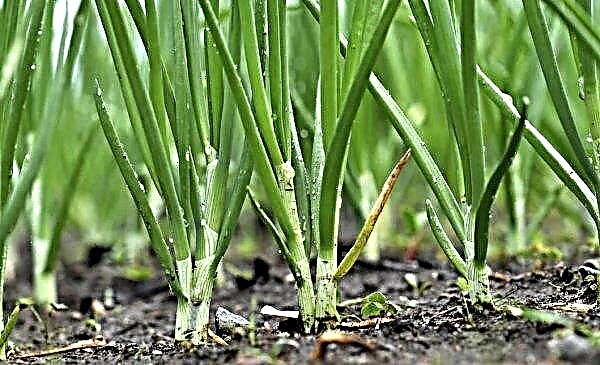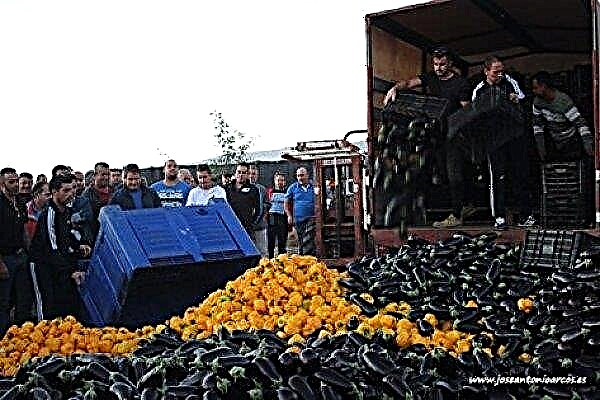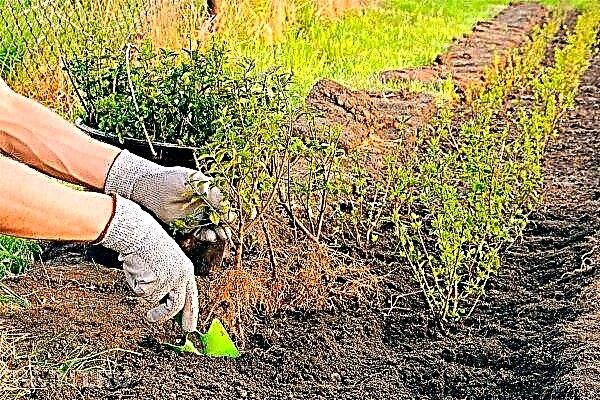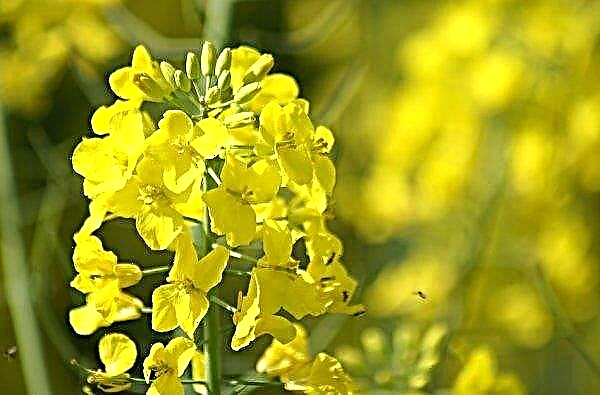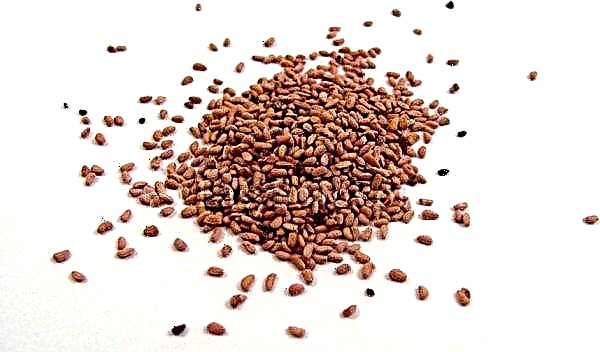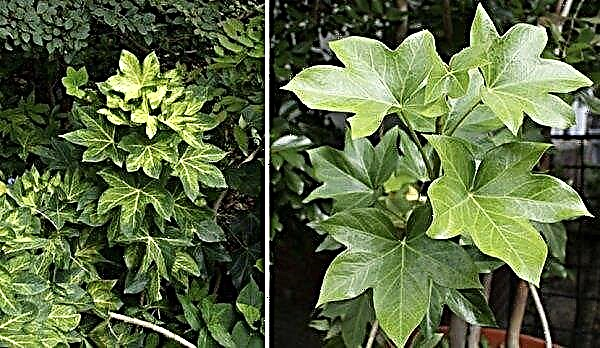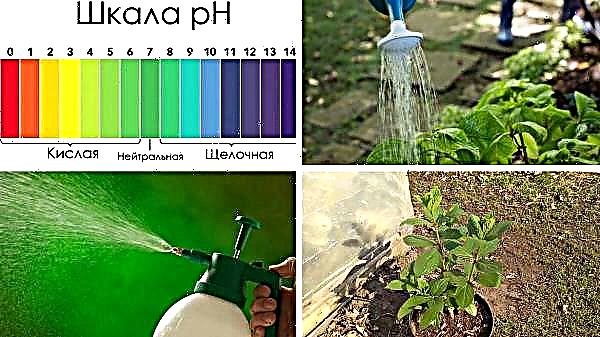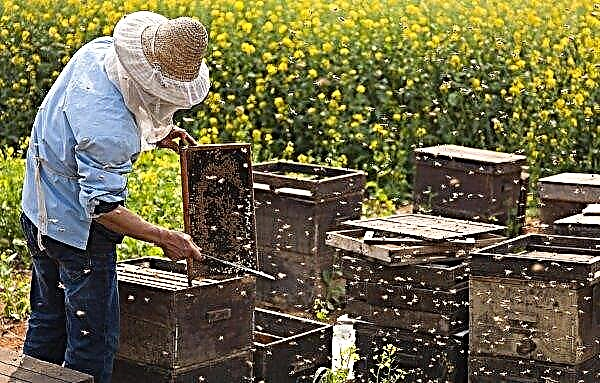Hemanthus has become the darling of many housewives today, although few of them know its real name. In our latitudes, his name is different: "deer tongue", "elephant's ear." The plant received such unusual nicknames due to the unusual appearance of leaves, flowers. In addition to its attractive appearance, it is also popular due to its undemanding care and conditions of detention, which are discussed in more detail later in the article.
Species and their botanical description
Originally a plant from tropical African forests. It was there in 1753 that Karl Linney discovered it. For a long time, this species was studied by botanists, and only in 1984 "haemanthus" was isolated in a separate genus.
There are currently 21 varieties. About the most popular below.
White-flowered
Haemanthus albiflos, or white hemanthus (white-flowered), belongs to the evergreen bulbous. You can recognize it by oval, oblong (up to 15-20 cm) leaves of dark green color. They have a unique texture: smooth on top with ciliated edges.

Flowers also look original: on a short (up to 20-25 cm) leafless peduncle, there are umbrella-shaped lush inflorescences; in the summer, small-sized white and yellow anther flowers appear.
Did you know? Translated from Greek, “haemo” and “anthos” mean “blood” and “flower”. It was the red flower that met the discoverers in the African tropics, which is why they called it that way. Although today there are varieties with white inflorescences.
Pomegranate
Haemanthus puniceus, or pomegranate hemanthus, is a member of the evergreen family. It has a round bulb (7-8 cm in diameter), light green leaves, tapering to the spine. In the inflorescence umbrella there are up to 10-20 flowers that appear in the summer and delight the eye with yellow-red coloring. Pedicels up to 3 cm. Leaflets of green, occasionally - purple.
Multi-flowered
Haemanthus multiflorus, or multiflorous hemanthus, got its name due to the large number (up to 30-80 pcs.) Of red flowers. The bulb of this evergreen plant is quite large, with a diameter of up to 8-9 cm. It is also distinguished by leathery leaves (from 3 to 6 on one bush) with small petioles, but a decent length - up to 16-35 cm. From the middle on the leaf on the sides diverge additional veins. In spring, tall (up to 70-75 cm) green peduncles appear, sometimes decorated with red dots.

Scarlet
Haemanthus coccineus, or scarlet haemanthus does not bloom annually; its flowers appear only in autumn - bright scarlet, up to 3 cm long inflorescences with linear petals and scarlet stamens. Flowers are the same as those of other representatives of this species; peduncle grows up to 25 cm.

When the flowers fade, new leaves appear on the hemanthus (no more than 2-3). They are quite impressive in size (up to half a meter long and up to 20 cm wide), linguistic, tapering to reddish tips.
Did you know? Hemanthus has sound and wave-absorbing properties, so they are recommended to be placed in residential premises to neutralize the harmful effects of household appliances.
Katarina
Haemanthus katherinae, or Katarina’s hemanthus, also belongs to the category of evergreens with a bulb up to 8 cm in diameter. It has a strong false stem up to 10-15 cm tall, the top of which is decorated with 4-5 long leaves. The flower stalk also differs in length (up to 25-30 cm) and a chain of dark spots. Katerina's subspecies is famous for red flowers on pedicels 4-5 cm long and huge inflorescences-umbrellas (up to 20-25 cm in size).

Indoor cultivation
In order for the hemanthus to regularly please with its flowering appearance, it is necessary for him to create suitable conditions, as well as to choose the right place in the house.
Seat selection
These houseplants prefer placement on east, west or east-west windows where there is enough diffused light.
In summer, the evergreen can be moved to the balcony or to the garden. One should only choose places where rainfall or drafts will not damage him.Important! If it is not possible to place it according to these requirements, then a window from the south side will do. Be sure to pritenit it so that the flower does not suffer from heat.
Optimum temperature and humidity
The favorite room temperature of the hemanthus is + 18- + 22 ° С in spring and summer and + 12- + 15 ° С in winter. He calmly survives the heat, but the cold is fatal for him.
As for humidity, he has no special requirements. This flower is ideal for living quarters, as it can easily tolerate dry indoor conditions during winter heating. Fresh air is only for the benefit of hemanthus, so it is worthwhile to regularly arrange airing in the room.

Also, your pet will be grateful for periodically wiping the leaves with warm water to wash off the dust.
Lighting
“Deer tongue” (like an evergreen plant) does not like to be in direct sunlight, although it needs a lot of light. Try to provide him with a sufficient level of diffuse lighting, and in a hot heat - a little shade.
Home care and growing
Caring for this houseplant will not take you much time, since it has minimal requirements for comfort.
Important! Hemanthus belong to poisonous crops, so touch them with gloves on, and after any procedures associated with it, wash your hands thoroughly.
Soil and Choosing a Pot for Planting
This flower prefers shallow spacious containers. The best option is with a diameter of 3-4 cm larger than the size of the flower bulb. At its bottom, it is worthwhile to arrange a good drainage.
Pick the soil light, nutritious. It should be a mixture consisting of the following components:
- turf (2/5 parts);
- hardwood soil (1/5);
- peat (1/5)
- fine, well sifted sand (1/5).

If there is no desire or time to prepare such a mixture, then buy in the store the usual substrate for bulb plants.
Watering and fertilizer
It is necessary to water the haemanthus with hard water, which was preliminarily settled for 2-3 days.
In warm times, this procedure must be carried out in accordance with the following recommendations:
- water abundantly;
- when liquid accumulates in the pan, be sure to drain it;
- water next time when the earth dries out at least 1-2 cm;
- brief dryings are not afraid of the plant, so do not worry if you missed watering;
- this flower does not need spraying;
Important! But if the leaves fade on the hemanthus, then hydrate.
In autumn, it is typical for hemanthus to get rid of leaves for the winter, and when this process begins, watering should be limited.
In winter, during dormancy, humidification should be minimal. It is enough to only slightly soak the ground near the bulb and not let it dry for a long time.

The frequency and amount of top dressing also varies depending on the season. If the plant blooms, then 2-3 times a week, it is necessary to fertilize, so that it grows strong.
But there are two periods when it is worth giving up feeding at all:
- after flowering, during dormancy;
- from the appearance of the peduncle and until it grows to 10 cm.
Transplant and pruning
Each time after the flowers wither, cut off the dried flower stalk and old leaves so that the plant does not lose its power in vain.
As for transplants, each gardener conducts them in due time: someone - once a year, and someone - once in 2-3. The plant will be able to determine the best moment for this: if the pot has a lot of free space, and the roots do not fill the soil, then, for another year, you can postpone the transplant.
Video: How to transplant a hemanthus
The optimal period for this procedure is the end of winter - the beginning of spring.
Humus is also added to the standard soil composition. The bulb should not be buried too much when planting, just plant it at half or ¾ height. When replanting a plant, do not damage the roots.
Did you know? Plants suffer from noise. If the room is constantly noisy, or loud If the technique works, then this is fraught with a slowdown, or even wilting.
Breeding methods
Hemanthus is propagated in three ways:
- The seeds.
- Bulbs.
- Cuttings.
With the help of daughter bulbs
An onion plant is often transplanted with lateral bulbs.
These are small “babies” that appear on the mother’s bulb. When their number becomes excessive for the main pot, it is time to separate them into separate pots.
Young plants will need a year or two to take root, and already 3-4 years after planting, they will bloom.
Leaf cuttings
Some gardeners propagate hemanthus with leaf cuttings. To do this, they take older outer leaves and separate them along with the base from the base.

The slice must immediately be treated with charcoal, dried slightly, then planted in a peat-sand mixture (1: 1). Over time, the leaf will take root tubers, which can already be planted in separate containers.
Important! From such a seedling, a full-fledged flower will turn out in 3-4 years.
Seeds
It is possible to plant this plant with seeds.
They are dipped in a moistened substrate, the container is covered with a film to create the effect of a greenhouse.

Thus, it will take 5-6 years to grow hemanthus in this way, after which the first flowers will appear.
Dormancy and flowering features
Depending on the variety, hemanthus can please its owners with flowering from the beginning of summer to the end of autumn.
During this period, bright inflorescences-umbrellas appear on them, the effectiveness of which is enhanced by colorful bracts. Umbrellas are formed from hundreds of small flowers of white, orange, red coloring. Hemanthus is a fluffy spherical flower due to thin stamens-threads.

The plant has one drawback: the unpleasant odor exuded by its pollen and nectar.
At the end of the flowering period, the hemanthus releases an arrow with an ovary in the form of several round berries. It is in them that the seeds of the plant are formed.
In evergreen species of hemanthus, there are practically no periods of rest, but deciduous ones - yes (from autumn to the end of winter).
Important! At this time, it is desirable to reduce the temperature in the room, reduce watering and monitor for sufficient lighting of the plant.
Growing difficulties
Hemanthus rarely gets sick, but if there are other plants in the house (or you make mistakes in caring for it), unpleasant situations can happen.
Disease
Most often, the owners of haemanthus are preoccupied with the question of why their pet is not blooming. There may be several reasons for this problem:
- poor watering;
- violation of the rest period;
- Too high indoor temperature in winter.

If the leaves fade due to the fungus, then it is necessary to remove the infected ones and treat the remaining ones with special means, after which provide the plant with high-quality lighting for better recovery. If gray plaque is visible on the leaves, then you are using too hard water. And yellow spots on the leaves indicate an excessive amount of light for hemanthus.
Having found necrotic spots on the leaves, you can try to treat them with fugicides, but it is better to immediately remove the affected areas. Otherwise, the disease will spread rapidly, lead to rotting of the bulb, and the flower will die.Important! Of the diseases for the plant, only gray rot is dangerous.
Pests
At elevated temperatures, the risk of pests on the hemanthus increases significantly.
The most dangerous include:
- scale shield. These wanderers with wax shells can be found on the leaves, especially at the bottom. Pests pull the juices from the plant, begin to dry and fall off the leaves. To combat scutes, a soft brush is useful, with which they are removed from the leaves. It will be useful to spray them with karbofos or "Rogor".

- red spider mite. This pest can be recognized by the characteristic web with which it braids leaves. Then brown spots appear on them, they turn yellow, and then dry. To get rid of the tick, first wash the leaves with warm water, and then treat them with insecticidal soap or Actellic.
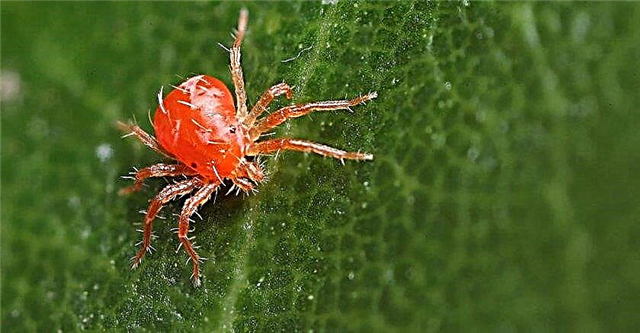
Hemanthus will be a great addition to the indoor garden. It does not need to be painstakingly looked after, spent on frequent fertilizers. Unusual flowers attract attention. This plant practically does not get sick, is unpretentious in everyday life, therefore it will not cause problems to its owner.



